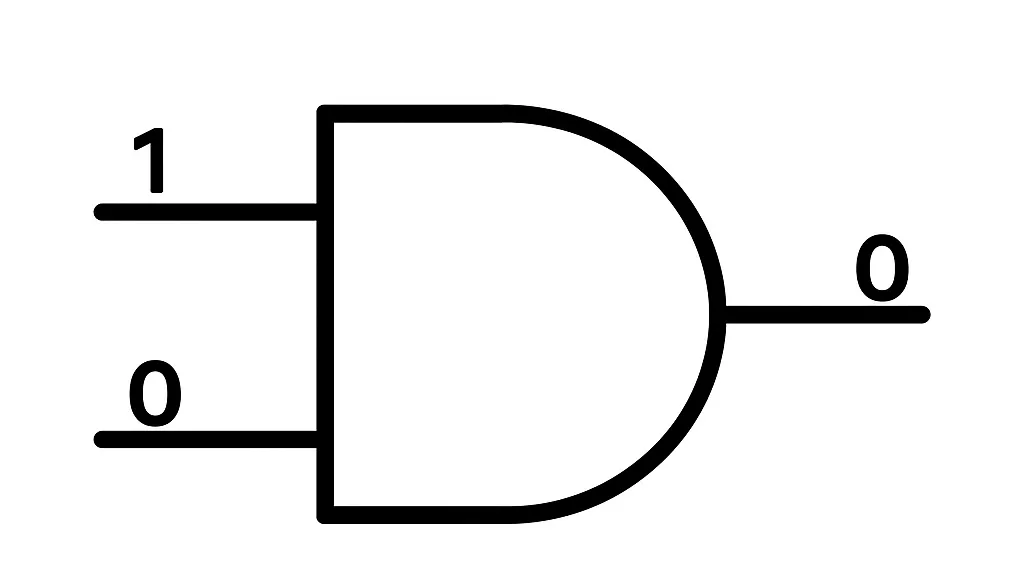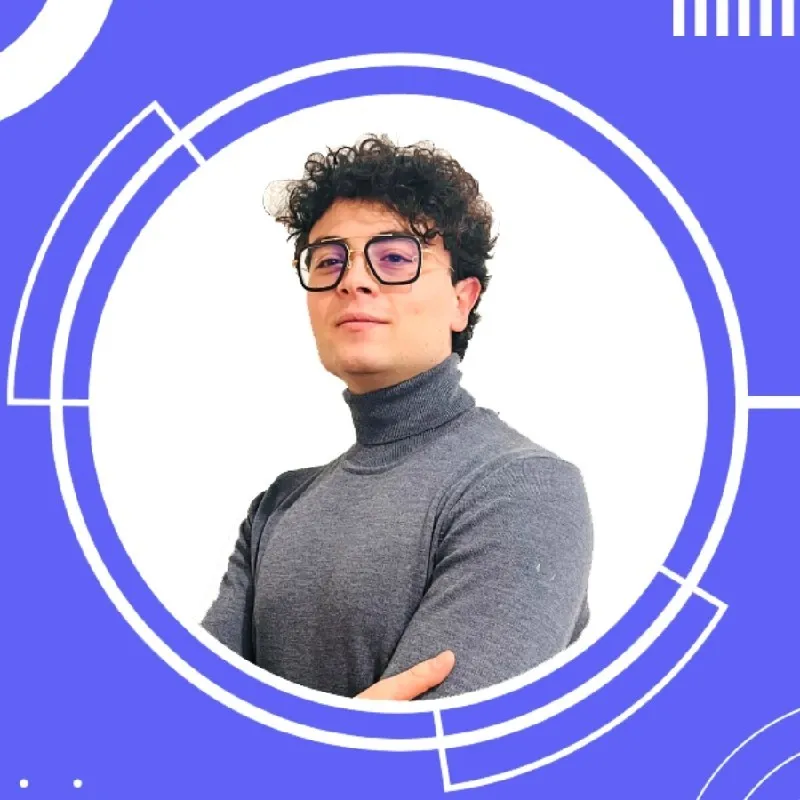In recent years, the energy consumption attributable to data centers has been steadily increasing. This is mainly due to the growing demand for digital services, which, according to some estimates, will lead to a doubling of data center energy consumption by 2030—reaching around 3% of global energy demand, comparable to the total energy consumption of Japan (source).
A significant portion of this consumption is due to the cooling required by large computing centers. This raises a seemingly simple but important question: Why do computers generate so much heat?
Back in the 1960s, a physicist at IBM named Rolf Landauer asked this very question and came to an interesting conclusion (source): the heat inevitably dissipated during a computation is due to information loss occurring inside transistors—the tiny circuits that perform the basic operations of a computer.
Even if we built an extremely efficient computer that doesn’t heat up due to electrical resistance, it would still produce heat as a result of destroying information.
Consider one of the fundamental operations in a microprocessor: the binary AND operation. It takes two input bits and returns one output bit, which is 1 only if both input bits are 1.

This operation erases information: it reduces two bits into one and is therefore irreversible. If we only know that the result is 0, we cannot deduce the original two bits.
Landauer asked: Is it possible to perform computations without destroying information, thereby reducing energy loss to nearly zero?
The first approach
To demonstrate that conventional computation could be achieved with reversible operations, Landauer proposed a simple idea: just store the extra information needed to reconstruct the inputs. This way, no data would be lost, and the rest of the computation could proceed as usual.
Examples of reversible gates include the Toffoli gate and the Fredkin gate, which have three inputs and three outputs.
But this approach had a major flaw: over time, all those saved bits would accumulate and take up too much space. Eventually, we’d need to delete information, bringing back the original problem.
In the 1970s, one of Landauer’s students proposed a better solution: instead of storing all intermediate states, just reverse each operation after copying its result. This way, information wouldn’t be destroyed.
In simple terms: once a gate produces its output, copy the result, then run the gate in reverse to recover the original inputs. This guarantees no information is lost.
The evolution of an idea
After these theoretical proposals, engineers spent years trying to build reversible gates using various technologies: starting with CMOS (used in modern processors), tiny mechanical gates, and even more advanced methods.
Eventually, they realized that building a reversible processor is highly complex and would require entirely new fabrication processes that don’t yet exist.
One of the challenges with reversible gates is that they are slower than traditional ones. To match performance, processors would need to be stacked in multiple layers—but modern manufacturing techniques make 3D structures very difficult to build.
Where are we now?
Despite the remarkable advances in traditional processor manufacturing, reversible computing is still far from mainstream.
However, we are getting closer to the maximum performance limits of classical processors, and the heat they generate is becoming an ever more critical issue in chip design.
Reversible computing could bring us closer to zero energy waste from computation.
Recently, a startup was founded with the goal of proving that reversible processors are feasible, hoping to encourage major players in the semiconductor industry to invest in this direction. Since current processor manufacturing would need to be completely rethought, big companies are reluctant to move toward reversible computing—at least until conventional architectures stop improving.
If today reversible computing is a bet for a few pioneers, tomorrow it could be the key to running sophisticated AI systems with minimal energy consumption.
Want to build a smarter, more sustainable digital future?
At Dhiria, we explore technologies that improve infrastructure efficiency and protect user privacy every day.
Contact us at www.dhiria.com or email us at info@dhiria.com for a personalized demo.




